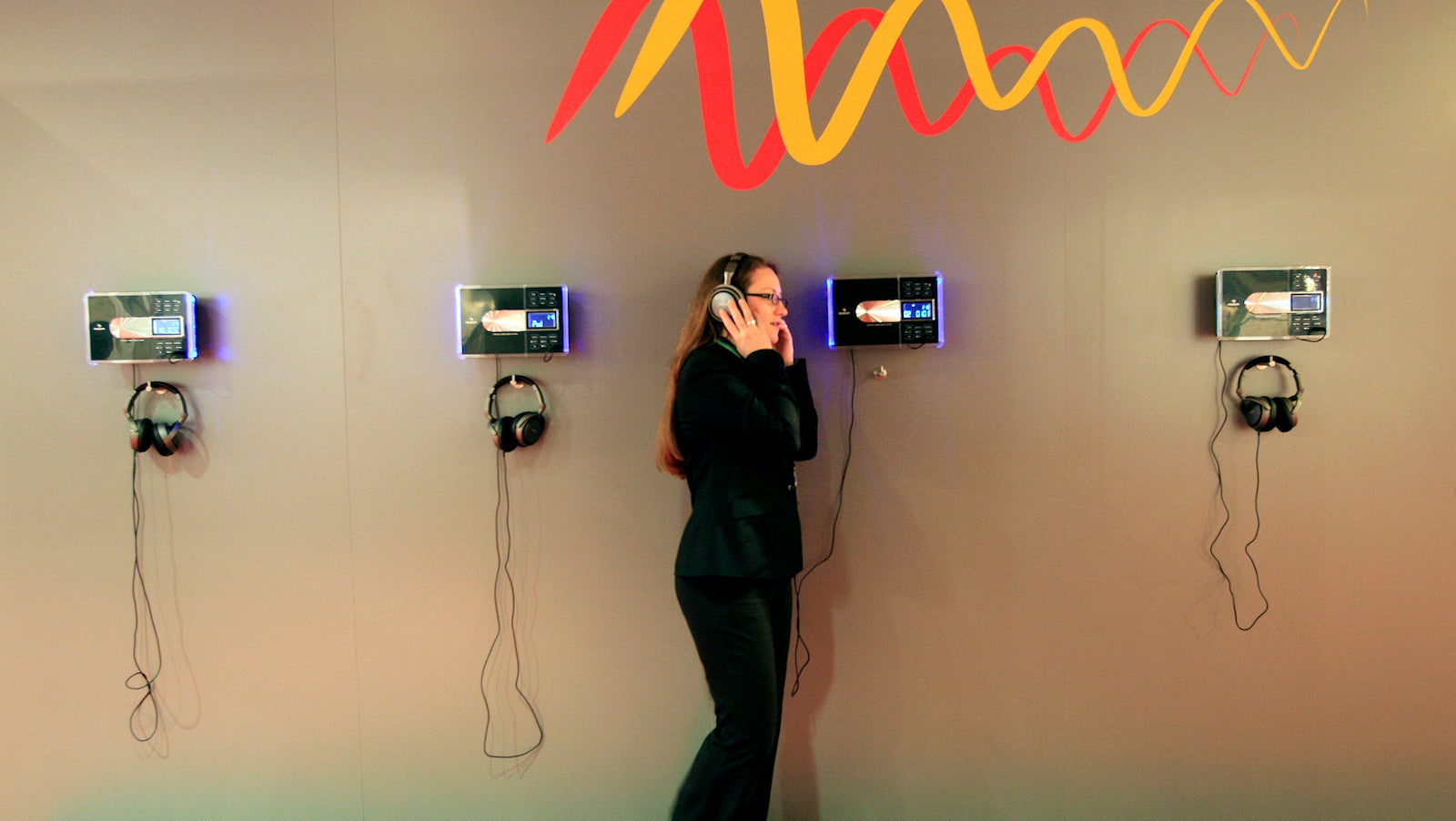Spotify makes 90% of its revenues from 30% of its users
Taylor Swift and other musicians criticizing Spotify’s free tier may have a point.


Taylor Swift and other musicians criticizing Spotify’s free tier may have a point.
According to a new company financial filing in Luxembourg found today by Music Business Worldwide, Spotify made a record $2.18 billion in revenue in 2015, up from $1.3 billion the previous year. But 89.9% of that figure came from the company’s subscription platform (also known as Spotify Premium, charging most users $9.99 per month) and 10.1% was from its free advertisement-supported tier, where listeners pay nothing.
Alone, those numbers aren’t striking. But consider that out of Spotify’s 89 million active users by the end of 2015, only 28 million of them were paying subscribers—meaning the company is disproportionately dependent on just a third of its user base for the majority of its revenues.
Spotify itself admits the financial drain of its free tier: “Free user models, whilst scaling, have not proven a path to profitability,” the company’s board of directors wrote in a note to shareholders attached to the Luxembourg filing. (It made a net loss of $194 million in that period.)
The board was quick to add that subscription-only services—likely alluding to competitors like Apple Music—also “have not yet proven scale,” and that it believes Spotify will remain the market leader because it “has the combined power” of both business models.
While Spotify’s ad-supported tier hasn’t hurt the company financially, though, it has managed to alienate a sizable crowd of artists who don’t want their music given away for free. If the company is to continue expanding at its current rate, that—in conjunction with the free tier’s meager profits—could be cause for some more concern.
Correction: An earlier version of this story misstated Spotify’s profitability.